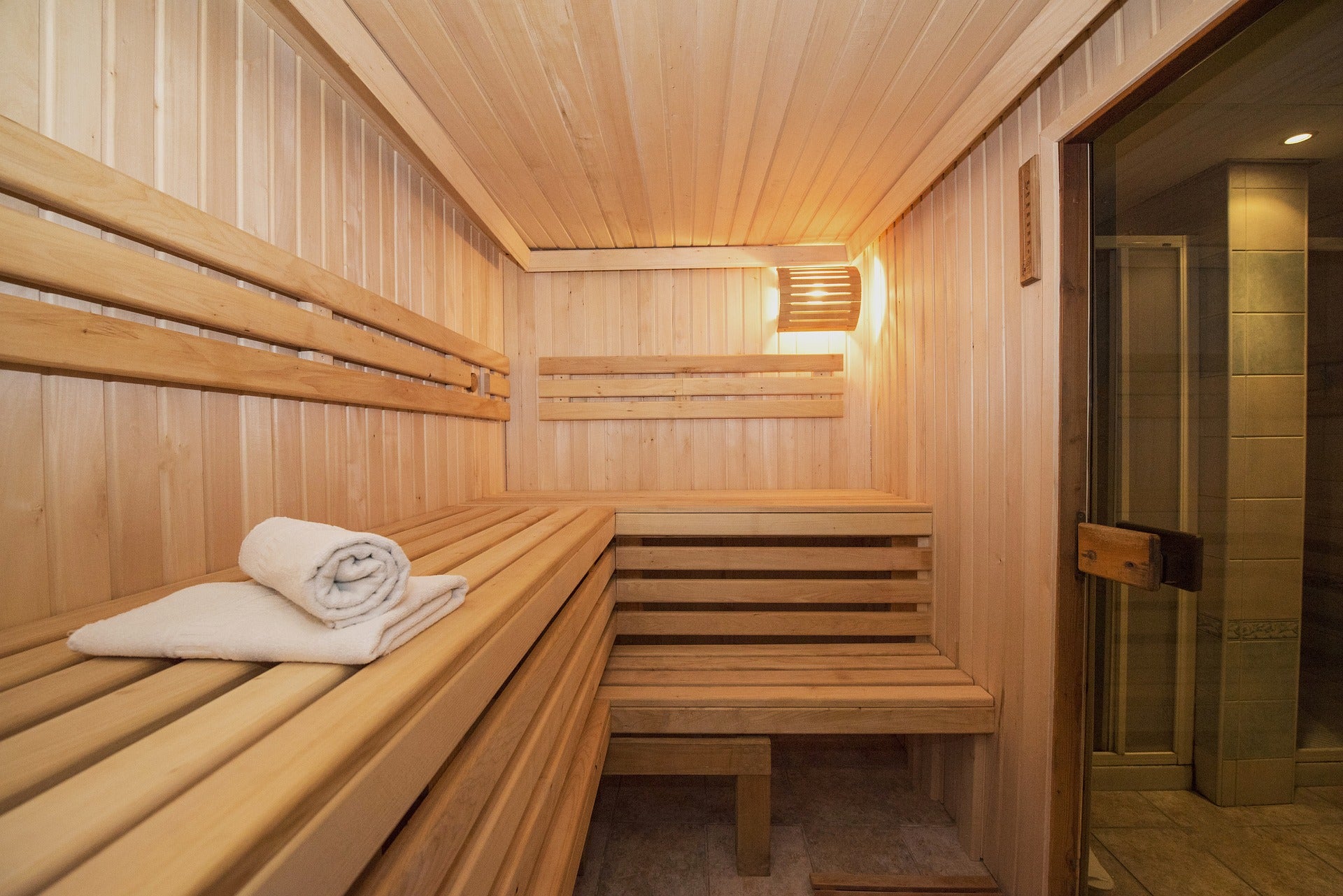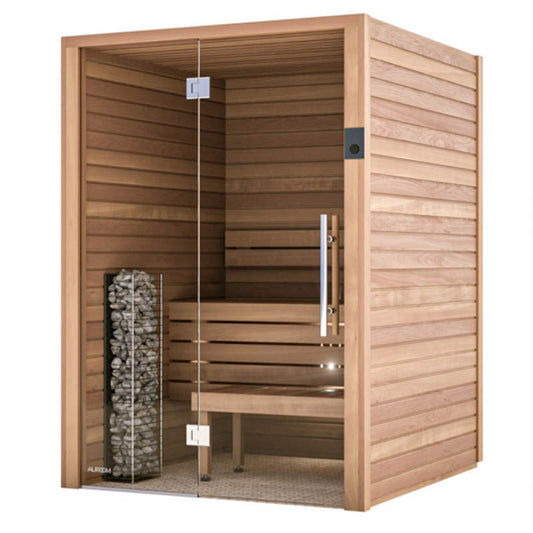Traditional Sauna Fundamentals Explained
Traditional Sauna Fundamentals Explained
Blog Article
How Traditional Sauna can Save You Time, Stress, and Money.
Table of ContentsFascination About Traditional Sauna6 Simple Techniques For Traditional Sauna8 Easy Facts About Traditional Sauna DescribedNot known Details About Traditional Sauna
A lot of the weight lost in a sauna is water loss and is re-gained upon rehydrating. Without a question sauna can be an important part of a healthy and balanced weight loss program. To take a look at the differences between conventional and IR saunas, I will separate these into proven, academic, and fabricated differences.Hence, the best point in the saunawhich is at the ceiling straight above the sauna heateris usually between 185 and 190 F. Traditional Sauna. Claims that a standard sauna exceeds 200 F is merely not true and not suitable for electrical saunas marketed in the US. The temperature level for a far-infrared sauna is generally set in between 120 and 140 F; nevertheless, unlike the standard sauna, the goal in and IR space is not to attain a heat
Due to the fact that of this, the temperature distinction is almost pointless, because profuse sweating results in both sauna types, however the technique of heating up the body is different. In an IR sauna the bather will certainly feel hot and will sweat profusely, but at a lot lower temperatures. Thus, if the objective is to spend longer periods of time in the sauna, the IR sauna is a good selection.

Little Known Questions About Traditional Sauna.
When the heat is achieved, the aspects cycle on and off to keep the high temperature. Many traditional sauna users enjoy pouring water over the rocks to develop steam to increase sauna moisture degrees. The advantages of putting water over the rocks consist of: making the room a lot more comfy, moistening the nasal passages, and allowing the use of aromatherapy by blending essential oils with the water.
In a far-infrared sauna, the warmth waves permeate the body to efficiently heat up the body and elevate the body core temperature level. To accomplish this increased temperature level, Far-infrared emitters produce infrared power which is close to the very same wavelength as that which the body normally emitsoften described as the "Crucial Array" of 7 to 14 microns), so the energy is well obtained by the body.
When the energy gets in the body, it creates the body temperature level to boost and eventually results in sweat. In an infrared sauna it is necessary for the emitters/heaters to continue to visit this web-site be on nearly constantly. Because there is no mass of rocks to retain warm, the sauna will cool if the emitters turned off.
As discussed over, the sauna bather in an infrared space intends to place himself in front of operating emitters to obtain optimal gain from the warm. The heating time for both areas can be really various, depending upon just how the rooms are used. For a typical sauna, a bather ought to permit 30-40 mins for the space to achieve a wanted temperature and to effectively pre-heat the rocks.
The Ultimate Guide To Traditional Sauna
A well built sauna will usually attain a temperature of 150-160 F in about 30-40 mins (Traditional Sauna). For hotter temperature levels, the space may need to warm for a longer duration. When the space achieves set temperature, the heating unit will cycle on and off, usually operating concerning 50% of the time. The protected wall surfaces and the warmed rocks will certainly keep the space hot and at steady temperatures.
To some, 15 minutes was "thrown away" while the infrared power heated the wood panels instead than warming a body, while others discover a pre-heated area to be more comfortable and think a raised starting temperature is required to start sweating. The length of recommended usage for every area is around the same (10-15 minutes per session); however, because of the lower air temperatures and the capability to feel the results of infrared warmth much faster than a conventional sauna, it is not unusual for a person to spend a total amount of 20-30 minutes in an infrared sauna.
Conventional saunas often tend to be bigger (therefore utilize more electricity) than infrared saunas, although typical saunas are definitely available in one and two person dimensions also. For a two-person traditional sauna, 5x6 or 5x7 size is most popular. The top bench can easily seat two or three people and is likewise long enough to exist down during the sauna session.


The ordinary cost per kWH of electricity in the united state is roughly $0.11, so a 4.5 kW heater will cost about $.50 to compete one hour, if the heater runs continuously for one hour. Normally a sauna heating unit will compete 75% of the first hour and 50% of subsequent hours on given that the elements see this cycle once the established temperature is accomplished.
The Ultimate Guide To Traditional Sauna
A 2 individual far-infrared room is usually physically smaller than a typical sauna, often about 4' x 4' or smaller sized. The IR heater is normally 1.5-1.7 kW utilizing a 120 volt 15 amp plug-in solution. Considering that the room can be utilized sooner than a sauna room, we will assume the area is made use of for to of an hour including warm up time.
There is a rarely gone over distinction in the social experience between the 2 areas. While our culture has shed several of the social advantage of the traditional sauna experience, it can be very socially fulfilling. From family members time in the sauna, to heart-felt discussions with better halves, to sauna partiesthe traditional sauna experience can cause intimate socializing.
The majority of higher end infrared spaces include tinted light treatment, stereo and full-glass fronts. The dimension of the majority of click for source rooms permit 2 people to conveniently use the area, while some designs may allow for a third or 4th individual to make use of the room. Custom-made infrared areas are likewise readily available, with area dimensions available approximately 7' x 8' x 7' high.
Report this page